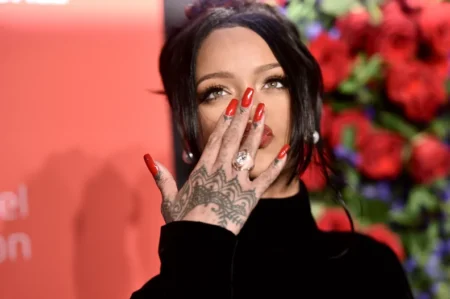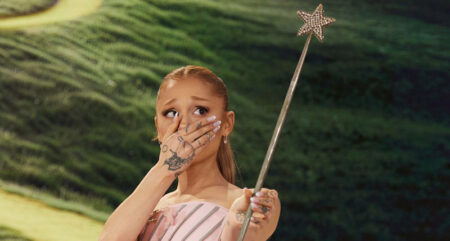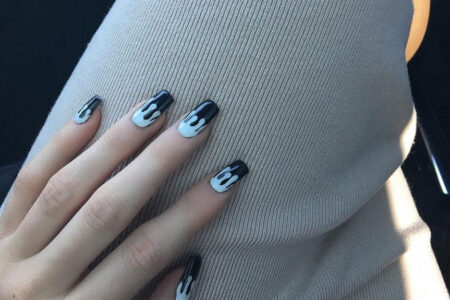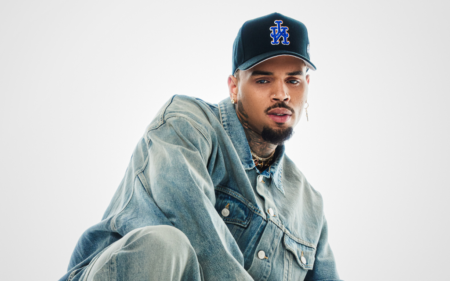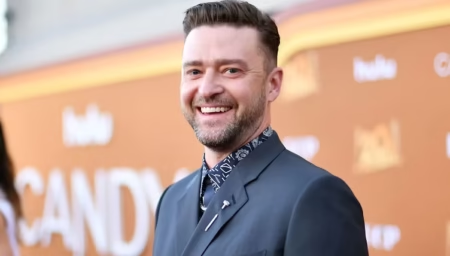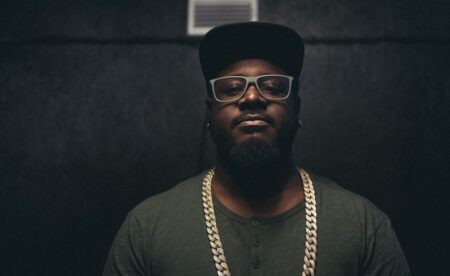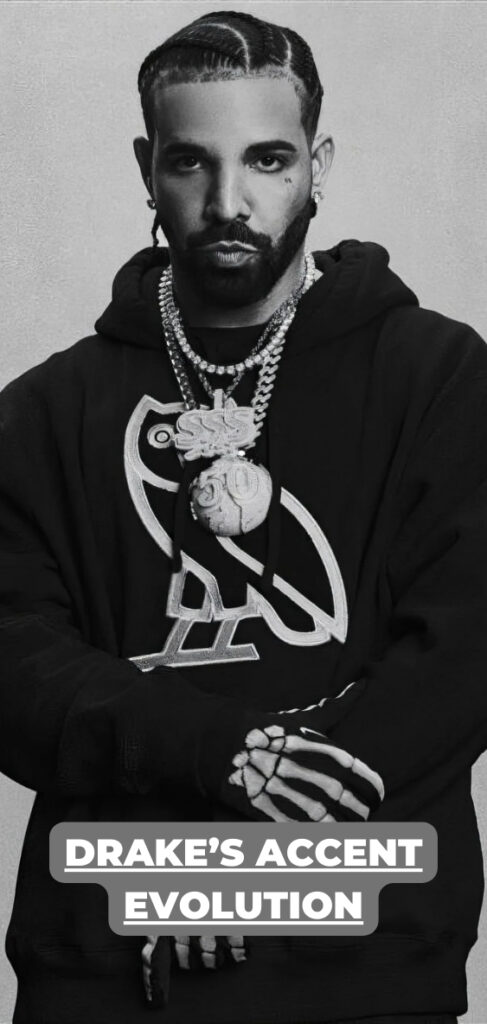
Drake, the Canadian rapper and global music icon, has long been recognized not just for his chart-topping hits but also for his distinctive ability to adapt his vocal style. Over the years, listeners have noted his seamless transitions between various accents and dialects, sparking discussions about authenticity, cultural appreciation, and artistic expression. Let’s delve into the journey of Drake’s evolving accents and the factors influencing these shifts.
Embracing Southern Roots
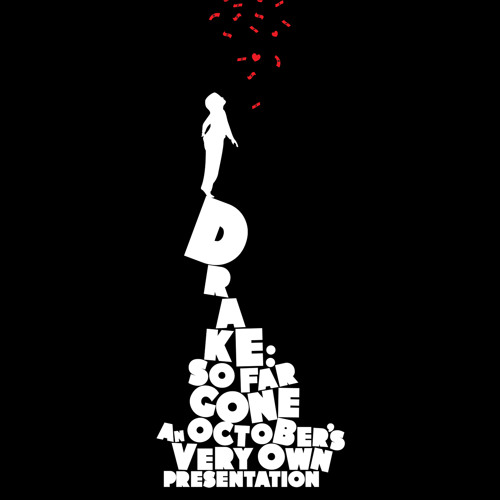
In the early stages of his career, Drake’s music bore the unmistakable influence of Southern hip-hop. Tracks like “Uptown” and “Fancy” showcased a Southern drawl, a nod to his time spent in Houston and Atlanta. This phase wasn’t merely stylistic; it reflected his deep appreciation for the Southern rap scene and its pioneers.
Caribbean Inflections
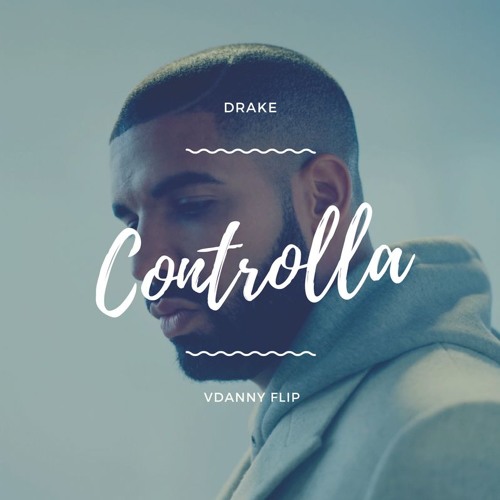
As Drake’s career progressed, he began incorporating Caribbean elements into his music. Songs like “Controlla” and “One Dance” featured patois-inflected lyrics and dancehall rhythms. This wasn’t surprising, given Toronto’s rich Caribbean community and Drake’s collaborations with artists like Rihanna and Popcaan. His immersion in this culture added authenticity to his sound, resonating with a diverse audience.
British Grime and UK Slang
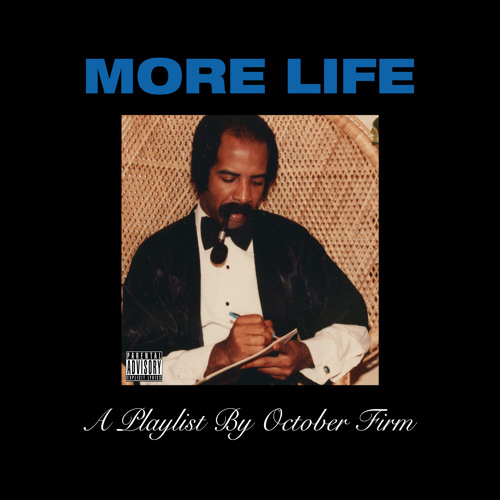
Drake’s fascination with UK grime became evident with tracks like “KMT” and “No Long Talk.” Collaborations with British artists and his use of UK slang highlighted his respect for the genre. While some critics questioned the genuineness of his British accent, others saw it as a bridge connecting North American and UK rap scenes.
Nigerian and Afrobeat Influences
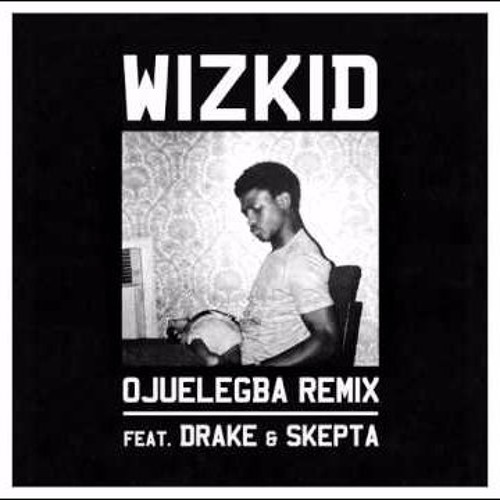
Venturing into Afrobeat, Drake collaborated with artists like Wizkid, infusing Nigerian rhythms and phrases into his music. Songs such as “Ojuelegba” remix and “Come Closer” exemplify this blend. His engagement with Afrobeat not only expanded his musical repertoire but also introduced the genre to a broader audience.
Spanish Ventures

Drake’s versatility further manifested in his foray into Spanish-language music. Collaborations with artists like Bad Bunny on “Mía” saw him delivering verses entirely in Spanish. This endeavor showcased his willingness to embrace different cultures and connect with a global fanbase.
The Art of Code-Switching
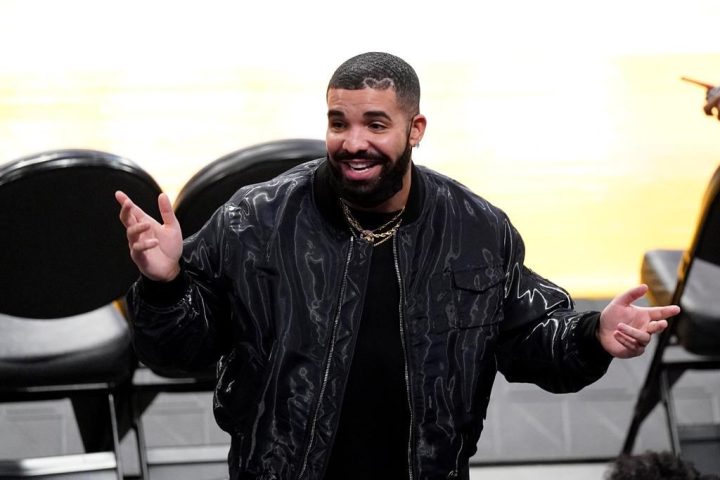
Drake’s ability to shift between accents isn’t merely mimicry; it’s a form of code-switching. This linguistic adaptability allows him to resonate with various communities and reflect the multicultural fabric of his hometown, Toronto. As dialect coach John Fleming noted, Drake’s shifts in speech patterns mirror the diverse interactions he engages in daily.
Related Article: Chris Brown’s Image Makeover – A Look at His Journey from Controversy to Redemption
Related Article: T-Pain’s Financial Rollercoaster: From $40 Million to Broke and Back Again
2025: A Global Linguistic Mosaic

As of 2025, Drake continues to be a chameleon in the music industry. His recent projects feature a tapestry of linguistic styles, reflecting his global experiences and collaborations. This adaptability keeps his music fresh and relevant, appealing to a worldwide audience.
Related Article: Bruno Mars’ Real Name Revealed: The Story Behind His Stage Name
